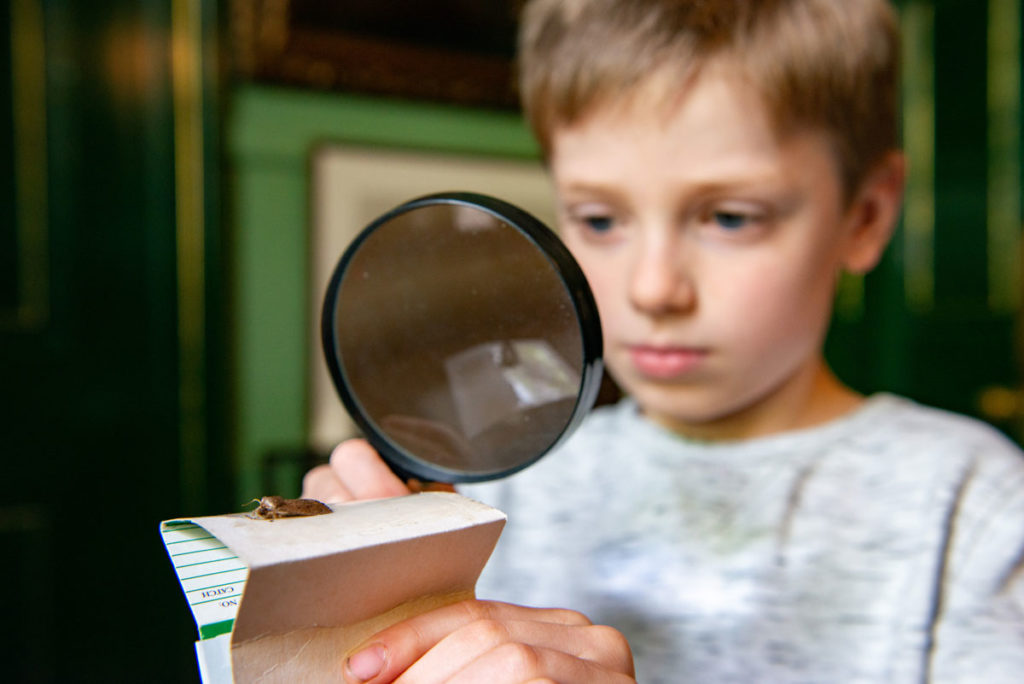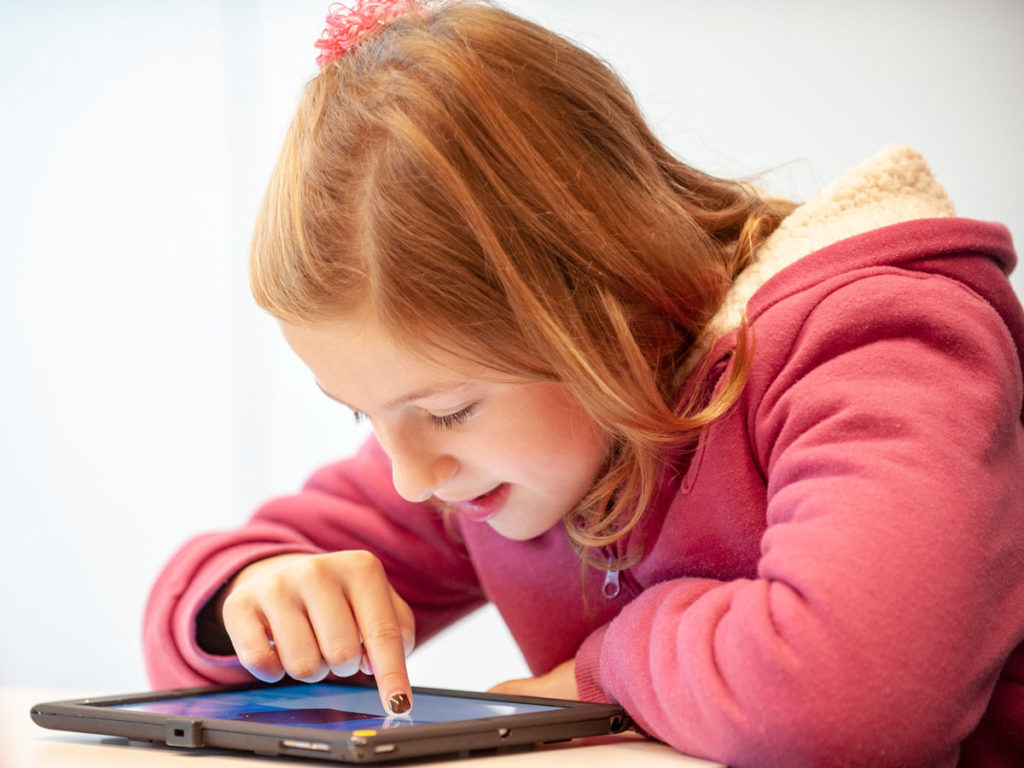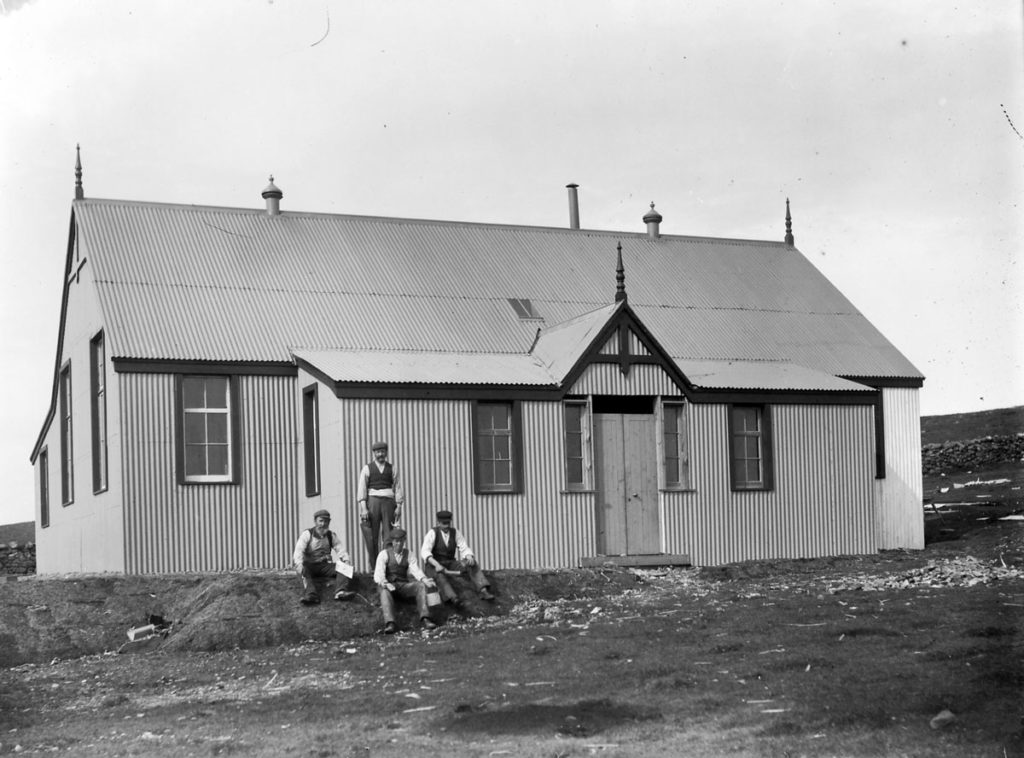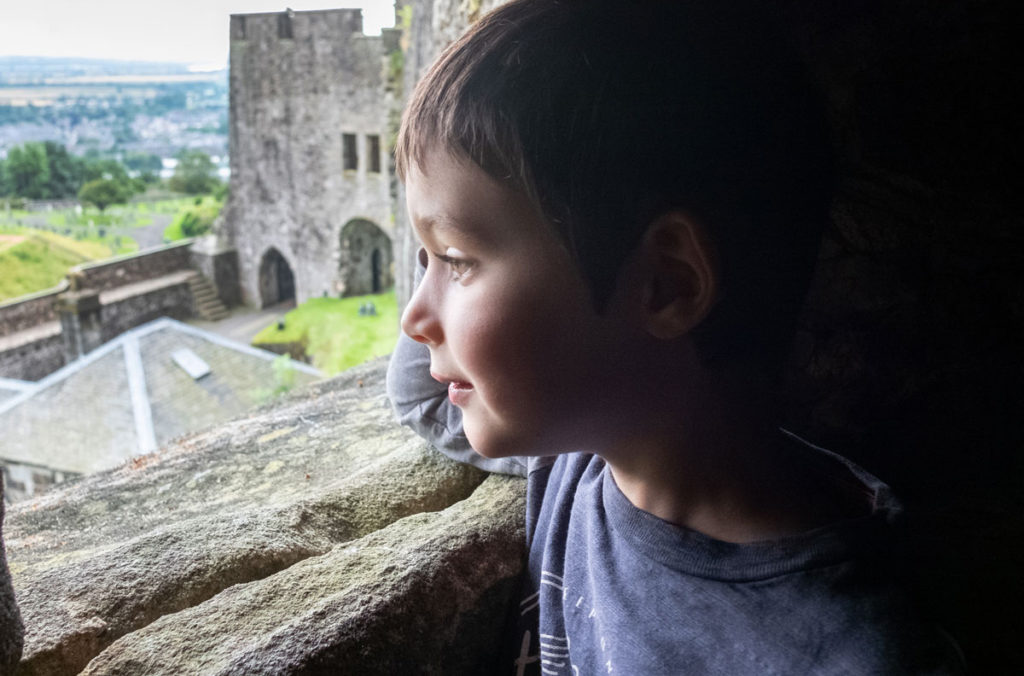Have you suddenly found yourself one of the world’s new home educators? Are you frantically searching for classroom resources? Do you have too many tabs open on tips for teaching at home?
In normal circumstances, home education (also known as home schooling) is a lifestyle choice. After much research and consideration, my parents decided this was the lifestyle for us. Between the ages of 7 and 16, my main classroom was my kitchen while my brother continued with mainstream education in school.
The current situation with the school closures is very different and likely very stressful. Many families are understandably worried about their children’s education. You might be trying to work from home and caring for children of different ages. Where to begin?
To help you temporarily teach your child at home and make the most of our learning resources, here are four tips from my own experience.

1. Have a schedule
Try to maintain as much normality as possible. Manage expectations early – this is not an extended holiday – and be realistic about what you can both achieve with everything else going on. These are far from normal circumstances!
For my home education, the things that worked best were:
- keeping to school hours, especially when I was newly out of the school system.
- having a visible schedule (we wrote mine up together on the white board every week) which would include baking, reading or watching educational shows.
- being flexible with that schedule! If your child is thoroughly engaged in a topic (such as learning how plants grow), encourage them to continue learning about it. Mix in some counting (“how many seeds can we fit in this pot?”) and maybe steer to a related activity or topic (“when these tomatoes grow, what can we cook with them?”). This kind of child-led learning means you may cover your scheduled topics without them even knowing it.

2. Have fun
People of all ages learn best when they’re having fun. From colouring sheets to investigating the view from your window, there’s tons of fantastic resources available to help get children engaged. Many, like BBC Bitesize, are free and closely follow the school curriculum.
A big part of home education usually revolves around visiting museums, galleries, historic places and outdoor learning. With the current public health message to stay home and stay safe, this is not an option. Instead, here are three suggestions for having fun with heritage at home.
Get crafty!
Our Spectacular Jousting events might be postponed, but this guide from the Craft Knight will show you how to create your very own horse and knight.
Theme your learning
For instance around Scotland’s most famous and intriguing monarch – Mary Queen of Scots! Our Investigating Mary Queen of Scots pack is full of facts and inspiration for activities.
For a creative slant on the topic, try to recreate different portraits of Mary and the people in her royal household in different rooms using objects from around the house.
If you have a printer and are looking for a challenge with the whole family, you could make your own Mary Queen of Scots papercraft statue!
Or take to the stage of your living room – this video by our Junior Tour Guides was researched, scripted, acted by the children. Many computers and mobiles now have free video editing software pre-installed. Could your family create their own short film on Scotland’s history?
Get up close to history – digitally.
Kids love getting their hands on history, holding replica items and exploring the nooks and crannies. While the handling boxes must stay closed, you can still access heritage from home.
We’ve been digitally documenting archaeological finds, statues and even Scotland’s historic sites themselves for years. They’re available for you and you children to explore for free and in 3D on Sketchfab.
Want some well-deserved fame for your little ones’ creations? Share the results on Twitter with #LearningWithHES.
3. Talk about the difficult topics
I was 13 when there was a terrorist attack on the World Trade Centre towers in America on 11 September 2001. A news presenter cut in the middle of my economics programme on TV, bringing the breaking story that would leave a legacy on the world as we knew it. War followed, newspapers all carried the same stories and I saw my half-Iraqi friends bullied and abused just for how they looked.
Like the news of today’s pandemic, it was everywhere.

Historic collections can help us put the present into context, like this archival photograph of an isolation hospital at Baltasound, Shetland, in 1901.
© National Museums Scotland.
To help me make sense of it all, we used the news – past and present – as a learning point. Why did they use this language? What emotions did they want to elicit? How did journalists report on wars back in 1914 or 1945? I analysed the words, wrote essays and learned why war correspondents reported in the way they did.
History can help put the modern day in context.

Our how to guides on research walk you through how to access historic newspapers, like the Scotsman Digital Archive (often free through your local library) and Am Baile for Highlands and Islands heritage. We also hold a wealth of audio-visual collections on Scran.
4. Learn from those around you
This is a very big tip to those of you working from home and keeping your children’s schooling going: you don’t have to do it alone!
While my mum was my main teacher, she certainly wasn’t the only person I was learning from. When she took my brother to and from school, I would spend time learning basic woodwork from my grandad and French from my Gran.
If you have meetings or work that can’t be moved, ask your friends and family if they could Facetime or Skype a lesson about something. Even better if they can extend the invitation to your children’s friends, creating a small, manageable digital classroom. My friends’ parents would sometimes run classes for us as groups. There were never more than seven of us and three was a common number.

With older generations in strict isolation, this is also an opportunity to make connections and help your children learn more about their relatives. Our guide on making oral histories is a good starting point for learning how to ask questions and practice active listening.
From here, you could start to map out your family history together. Scotland’s People hold lots of different types of records, including the census. The National Archives offer pre-built lessons on the census and there’s plenty of opportunity to learn about statistics here!
We’re here to help
These are just a few of the resources here to help you in these strange times. Here at Historic Environment Scotland, we’re also working on a new Learn at Home initiative. This will help educators and parents access our digital collections, remotely investigate Historic Scotland sites and discover heritage at home.
Perhaps this trial-run of home schooling will make you feel this lifestyle is for you. Perhaps not! Have you got questions, home education tips or more heritage at home resources? Add them to the comments below.

